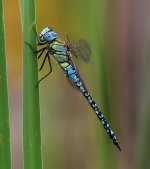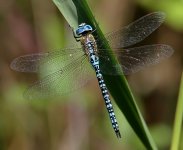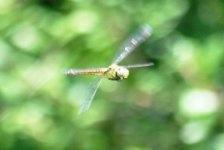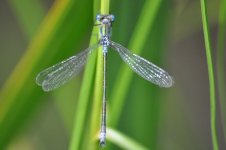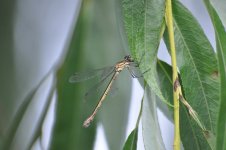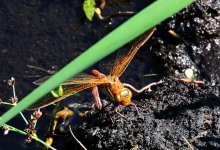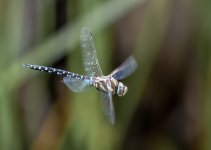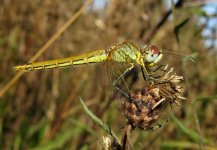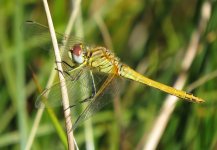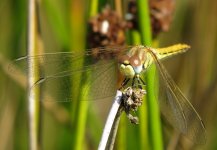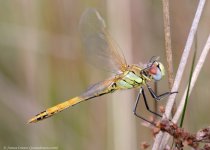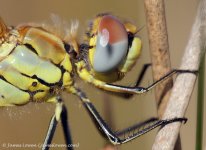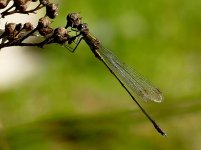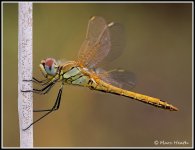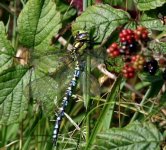Jonny721
Well-known member
Don't know much about that site, though there are other places where those species occur. The nearest one that I know that has all three is near Great Wakering in the SE of the county if that's any good to you.
There's also a good site for Scarce Emerald over that way if you're over that way and interested.
In other news, no sign of Essex's second Southern Emerald this morning at Gunners Park, Shoeburyness. It had been frequenting an area of gorse covered in spiders webs, so hoping it hasn't ended up in the belly of a Wasp Spider..:eek!:
Over at Wat Tyler 2 or 3 male Southern Migrant Hawkers were still over the pond just NW of the car park at the south end, and showing very well.
If you can PM me details that would be great, we will be looking for those species after the Southern Migrant Hawkers




